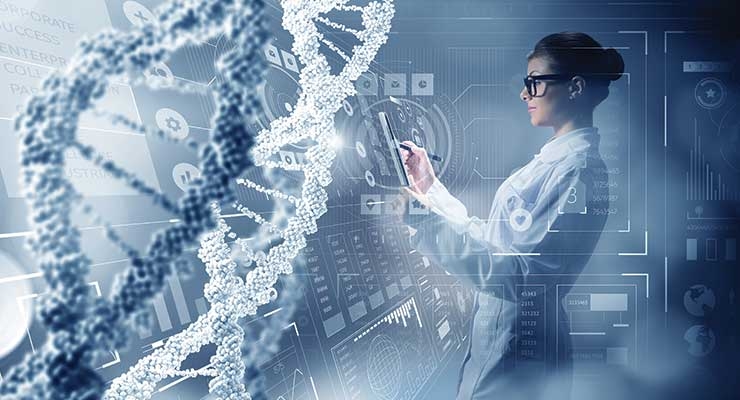One of the most promising facets of regenerative medicine is their utilization of stem cells. These functional cells have the initial capacity to develop into different cell types in the body. By isolating and pointing stem cells to particular aspects of injury, scientists can encourage structure repair and regeneration. Base cell solutions have shown amazing possible in treating situations such as spinal cord accidents, cardiovascular disease, and neurodegenerative problems like Parkinson’s and Alzheimer’s disease.

Tissue engineering is still another essential component of regenerative medicine. This calls for making synthetic organs or areas in the laboratory and implanting them in to the human body to displace function. For example, researchers are suffering from bioengineered epidermis grafts for burn victims and artificial tracheas for individuals with damaged airways. These improvements not just improve individual outcomes but also relieve the lack of donor organs for transplantation.
Gene treatment, meanwhile, is targeted on fixing genetic flaws that cause disease. By introducing healthy genes in to cells, analysts could possibly heal genetic problems at their root. IV Therapy Arvada This process has shown promise in managing problems like cystic fibrosis, physical dystrophy, and specific kinds of cancer.
The subject of regenerative medication is developing fast, fueled by continuing study and technical breakthroughs. Nevertheless, issues remain, including regulatory hurdles, honest concerns, and the requirement for more medical tests to ensure protection and efficacy. Furthermore, common adoption of regenerative therapies involves overcoming logistical barriers such as for instance charge and accessibility.
Despite these challenges, the possible of regenerative medication to transform healthcare is immense. It offers new hope for people who formerly had several treatments and gets the possible to significantly reduce the burden of serious disease. As study progresses and methods improve, regenerative medicine can continue to drive the limits of what’s possible in healthcare, ushering in a new period of healing and hope.
Regenerative medicine is a cutting-edge subject that aims to correct, change, or regenerate ruined areas and organs applying modern methods such as for instance stem mobile treatment, tissue engineering, and gene therapy. Base cells, with their unique power to produce in to various cell forms, maintain great assurance for treating problems like spinal cable accidents, heart disease, and neurodegenerative disorders.
Tissue executive involves producing artificial organs or areas in the research to displace function, while gene treatment centers on correcting genetic problems that trigger disease. Despite issues such as for instance regulatory hurdles and price, regenerative medication presents new a cure for people with previously untreatable problems and has the potential to revolutionize healthcare.
Base mobile treatment has surfaced as a encouraging and innovative area in medicine, giving potential solutions for a wide selection of diseases and injuries. The concept of using stem cells for healing purposes has gained significant attention lately, but understanding the technology behind this treatment is a must for equally medical experts and the typical public. In this detailed report, we shall delve in to the fundamentals of base mobile biology, the kinds of stem cells, their applications in medication, and the ongoing research and problems in the field.
To know the science behind treatment, it’s essential to begin with an obvious description of what stem cells are. Stem cells are undifferentiated cells with the initial power to produce in to different particular mobile types. Unlike mature cells with particular functions, base cells have the amazing volume to divide and identify in to a number of cell types, including muscle cells, nerve cells, and body cells. Stem mobile could be generally categorized into two main types: embryonic cells (ESCs) and person or somatic. Each kind has different houses and purposes in medical research and treatment.
Embryonic are pluripotent, meaning they could identify in to any cell type in the individual body. These cells are based on the inner mobile bulk of a building embryo and have the potential to generate a whole organism. The usage of embryonic cells, however, raises ethical concerns due to the destruction of embryos in the extraction process.
